Introduction: The Unconventional Reign of “Jimbo”
In the pantheon of tennis legends, few figures command the same blend of admiration, controversy, and sheer competitive zeal as Jimmy Connors. A maverick, a brawler, and an undeniable genius with a racket, Connors carved out a career that redefined longevity and left an indelible mark on the sport. Born James Scott Connors on September 2, 1952, in East St. Louis, Illinois, he was not just a tennis player; he was an event, a spectacle of raw emotion and relentless will to win. His unique two-handed backhand, aggressive baseline play, and an unshakeable belief in himself transformed professional tennis in the Open Era. This comprehensive blog post delves deep into the extraordinary life and career of Jimmy Connors, exploring his formative years, his dominant peak, his iconic rivalries, his unparalleled longevity, and the enduring legacy of a man who truly played by his own rules.
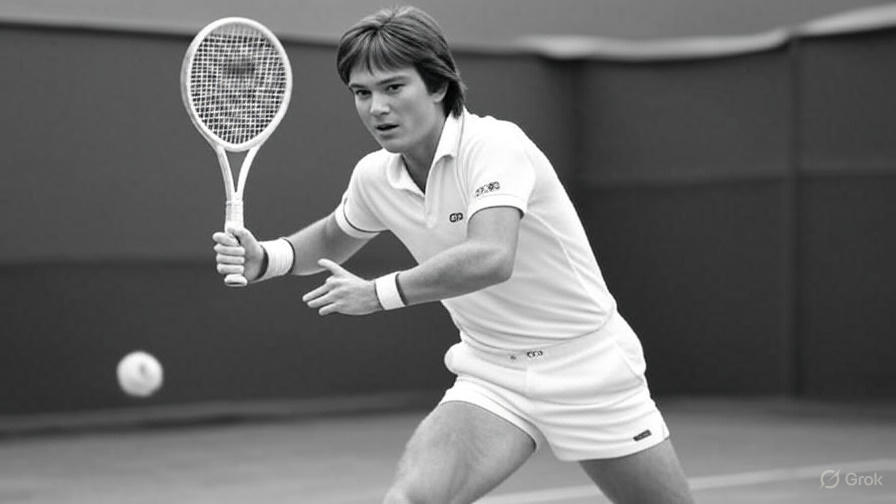
Connors’ journey to tennis stardom began in an unconventional manner, steeped in a unique family dynamic. Coached from a tender age by his mother, Gloria, a former top-ranked junior player, and his grandmother, Connors developed a relentless work ethic and an aggressive, flat-hitting style that stood in stark contrast to the serve-and-volley game prevalent in his era. He was often described as being “smaller than his contemporaries,” yet he compensated for this with an indomitable spirit and a grit that would become his trademark. By the age of eight, he was already competing in U.S. boys’ championships, a testament to his prodigious talent and early immersion in the competitive world of tennis. This early foundation, instilled with fierce determination, laid the groundwork for the remarkable career of Jimmy Connors.
He briefly attended the University of California at Los Angeles (UCLA) where he won the NCAA Division I Singles Championship as a freshman, achieving All-American honors. However, his collegiate career was short-lived as the lure of the professional circuit beckoned. Jimmy Connors turned professional in 1972, quickly making a name for himself not just with his potent game, but also with his maverick spirit. He famously refused to join the newly formed Association of Tennis Professionals (ATP), preferring to play in a series of smaller tournaments organized by his manager, Bill Riordan. This early defiance of the establishment foreshadowed a career characterized by an independent streak that often put him at odds with officials, opponents, and even the crowd, yet paradoxically endeared him to millions of fans who admired his unfiltered authenticity.
The Golden Era: Unprecedented Dominance and Record-Breaking Achievements
The mid-1970s marked the absolute zenith of Jimmy Connors’ powers. The year 1974 stands out as one of the most dominant seasons in tennis history. That year, Connors compiled an astounding 93-4 win-loss record, capturing 15 tournaments, including three of the four Grand Slam singles titles. He triumphed at the Australian Open, Wimbledon, and the US Open, a feat rarely achieved. He was denied the opportunity to play in the French Open that year due to his association with World Team Tennis (WTT), preventing a potential calendar Grand Slam. This period firmly established Jimmy Connors as the world’s undisputed No. 1 player, a ranking he held for a then-record 160 consecutive weeks from July 29, 1974, a record that stood until Roger Federer surpassed it decades later.
His unparalleled success at the US Open is particularly noteworthy. He won the tournament a record five times (1974, 1976, 1978, 1982, 1983) and holds the Open Era record for most wins at Flushing Meadows with an astonishing 97 victories. What makes his US Open record even more remarkable is that he is the only player in history to win the tournament on three different surfaces: grass (1974 at Forest Hills), clay (1976 at Forest Hills), and hard court (1978, 1982, 1983 at Flushing Meadows). This versatility, often overlooked, speaks volumes about his adaptability and tactical intelligence.
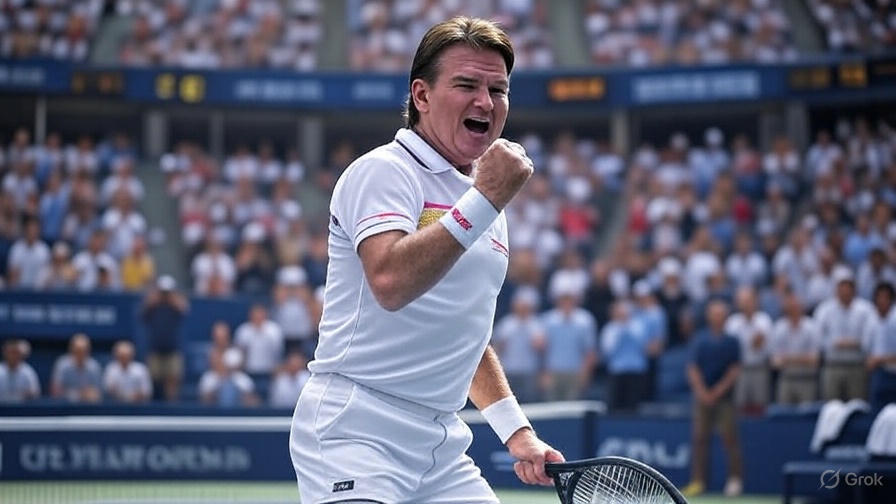
Beyond his Grand Slam triumphs, Jimmy Connors amassed an astounding 109 ATP Tour singles titles, an Open Era record that remains unbroken to this day. This incredible tally, alongside his record for most matches played (1,557) and most match wins (1,274), underscores his incredible longevity and consistent competitive output. He wasn’t just winning majors; he was winning tour-level events year after year, demonstrating a hunger for competition that rarely waned. His victories also include the Masters Cup (ATP Finals) in 1977 and two World Championship Tennis (WCT) Finals in 1977 and 1980. The statistics associated with Jimmy Connors Learn more about his incredible career statistics paint a picture of relentless dominance.
His playing style was unique and groundbreaking. A left-hander with a signature two-handed backhand (which he reportedly developed because he was too small to wield the racket effectively with one hand as a child), Connors attacked the ball on the rise, taking time away from his opponents. He possessed one of the best service returns in the game, often neutralizing big serves and immediately putting his adversaries on the defensive. His flat, powerful groundstrokes, combined with exceptional court coverage and an unwavering focus, made him a formidable baseline player in an era often dominated by serve-and-volley specialists. His aggressive style, coupled with his fiery temperament, made every match involving Jimmy Connors Explore his distinctive playing style an unmissable spectacle.
The Rivalries: A Golden Age of Tennis Theatre
Jimmy Connors’ career was intertwined with some of the most compelling and iconic rivalries in tennis history, creating a golden age of on-court drama that captivated fans worldwide. These clashes were not merely about tennis; they were battles of wills, contrasting personalities, and clashing playing styles, each contributing to the legend of “Jimbo.”
Perhaps his most intense rivalry was with John McEnroe. Their encounters were often explosive affairs, marked by fierce exchanges, emotional outbursts, and brilliant tennis. McEnroe, the younger, equally fiery American, pushed Connors to his limits. Their Head-to-Head record saw McEnroe winning 20-14, but their matches, particularly the four Wimbledon meetings (including two finals) and four US Open semifinals, were legendary. The 1982 Wimbledon final, where Connors, at 29, defeated McEnroe in a thrilling five-set epic, stands as one of the greatest matches in Wimbledon history, showcasing Connors’ resilience against a younger, dominant force. The personal animosity, though often exaggerated for public consumption, added an extra layer of intrigue to every Jimmy Connors versus McEnroe showdown.
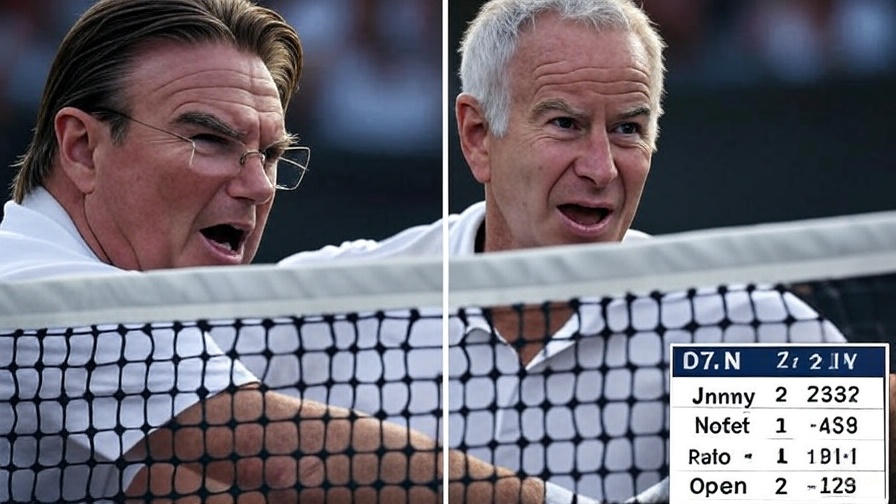
Another defining rivalry was with the stoic Swede, Björn Borg. This clash of styles – Connors’ aggressive baseline power against Borg’s robotic consistency and top-spin artistry – provided a fascinating contrast. While their Head-to-Head record was tied at 7-7, Borg generally had the upper hand in their Grand Slam finals, including three Wimbledon finals. Their matches were less about verbal fireworks and more about pure tennis brilliance, demonstrating a mutual respect under intense competitive pressure. The contrasting personalities of Borg’s ice-cool demeanor and Jimmy Connors’ fiery antics made their matches compelling, a true battle between fire and ice.
His rivalries also extended to Ivan Lendl, a younger generation power player who would dominate the late 1980s. While Lendl later surpassed Connors in major titles, Connors famously defeated Lendl in two US Open finals (1982 and 1983), showcasing his ability to rise to the occasion against new challengers even as he entered his thirties. These matches were often grueling baseline slugfests, a testament to the evolving physicality of the game. Other notable rivalries included those with the cunning Ilie Nastase (his doubles partner with whom he won Wimbledon and the US Open men’s doubles titles), the elegant Arthur Ashe (who defeated Connors in the controversial 1975 Wimbledon final), and the gritty Guillermo Vilas. These rivalries, rich in drama and high-quality tennis, made the Open Era a golden age, with Jimmy Connors Read more about Jimmy Connors’ iconic rivalries at its very heart.
The Ageless Wonder: Longevity and the 1991 US Open Run
Perhaps one of the most astonishing aspects of Jimmy Connors’ career was his unprecedented longevity. He continued to play competitive tennis well into his late 30s and early 40s, long after many of his contemporaries had retired. While he formally retired from full-time play in 1991, he continued to play sporadically until 1996, at the age of 43, a remarkable feat in a sport that demands peak physical condition.
His 1991 US Open run stands as one of the most legendary comebacks in sports history. At 39 years old, an age when most tennis players are comfortably in retirement or coaching, Connors captivated the world. Ranked outside the top 100, he fought his way through several grueling matches, including a memorable five-set victory over Patrick McEnroe (John’s brother) and a sensational upset of Aaron Krickstein in the fourth round, a match that stretched over four hours and ended with Connors celebrating wildly, feeding off the electric energy of the New York crowd. He ultimately reached the semifinals, losing to Jim Courier, but his improbable run re-ignited public fascination with him and served as a powerful testament to his enduring competitive fire and sheer will. This run perfectly encapsulated the “never say die” attitude that defined Jimmy Connors Discover more about his incredible 1991 US Open run.
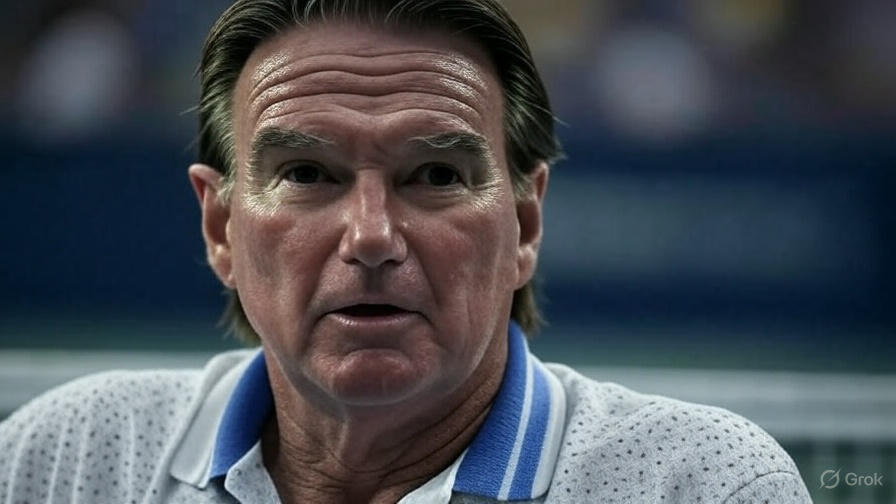
This extraordinary longevity was not just a quirk; it was a deliberate choice driven by his profound love for the game and an almost pathological desire to compete. He simply loved to play and loved to win, and he was willing to put in the work to maintain a level of fitness that allowed him to compete against players half his age. His ability to connect with the crowd, to draw energy from their cheers and even their boos, fueled his performances. He was often described as a “people’s champion,” known for his raw emotion, occasional vulgarity, and a visible disdain for his opponents, all of which made him a polarizing but undeniably captivating figure. The passion of Jimmy Connors Explore his Hall of Fame profile and career overview was evident in every match he played.
Beyond the Court: Coaching, Commentary, and Legacy
Since his retirement from professional tennis, Jimmy Connors has remained deeply involved with the sport that defined his life. He was inducted into the International Tennis Hall of Fame in 1998, a fitting recognition of his immense contributions to the game.
His post-playing career has seen him venture into various roles, most notably as a coach. From 2006 to 2008, he famously coached fellow American Grand Slam champion Andy Roddick, a partnership that brought a renewed intensity to Roddick’s game. He also briefly coached Maria Sharapova in 2013 and Eugenie Bouchard in 2015, sharing his vast experience and competitive philosophy with a new generation of players. His coaching style, much like his playing style, was characterized by directness and an emphasis on mental toughness.
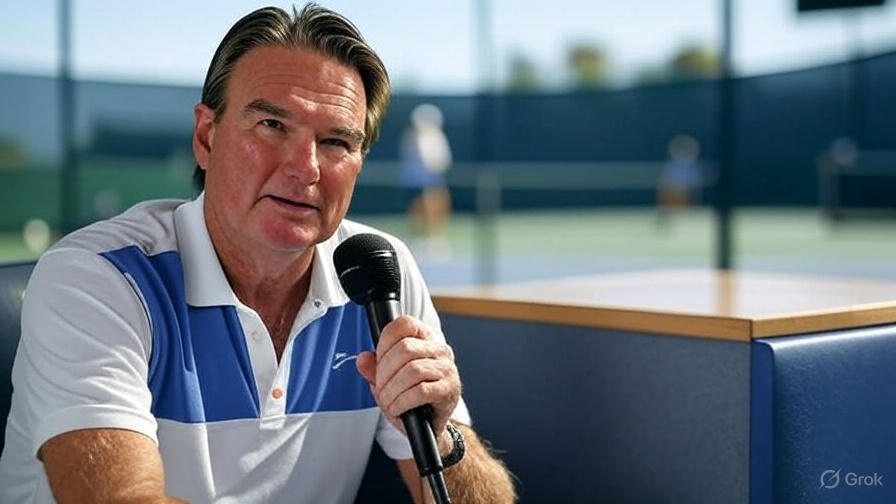
Beyond coaching, Connors has served as a television commentator, offering his candid and often unfiltered insights into the game. His commentary, much like his playing, is known for its passion and directness, making him a popular, if sometimes controversial, voice. He has also authored several books, including “Jimmy Connors: How to Play Tougher Tennis” (1986) and his widely acclaimed memoir, “The Outsider” (2013), providing fans with an intimate look into his mind and career. He currently hosts a podcast, “Advantage Connors” with his son Brett, where he continues to share his opinions on current tennis events and reflect on his storied past.
Jimmy Connors’ legacy extends far beyond his numerous titles and records. He was a pioneer of aggressive baseline play, influencing generations of players to come. He brought a raw, street-fighter mentality to the genteel sport of tennis, expanding its appeal to a broader audience. He proved that passion, determination, and a relentless will to win could overcome conventional wisdom and physical limitations. His rivalries, particularly with McEnroe and Borg, defined an era and set the standard for competitive drama. He was not always loved, but he was always watched, always compelling, and always a fighter.
In conclusion, Jimmy Connors stands as a colossus in tennis history. His record-breaking achievements, iconic playing style, unforgettable rivalries, and astonishing longevity are a testament to his unique genius and an unyielding competitive spirit. He was an outsider who became an icon, a rebel who became a legend. “Jimbo” played tough, lived tough, and left an enduring mark on the hearts of tennis fans worldwide, proving that in sports, as in life, sometimes the most memorable journeys are those taken by the path less traveled.